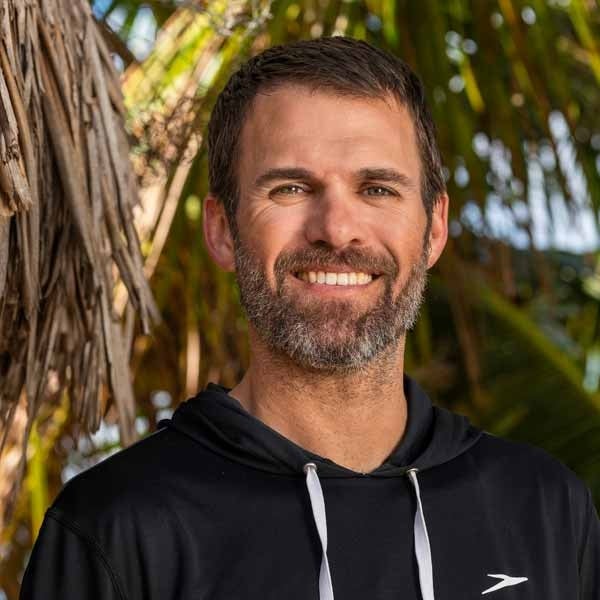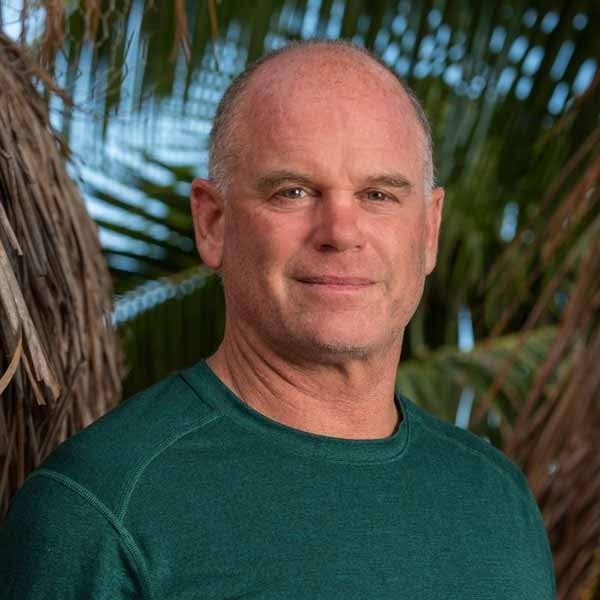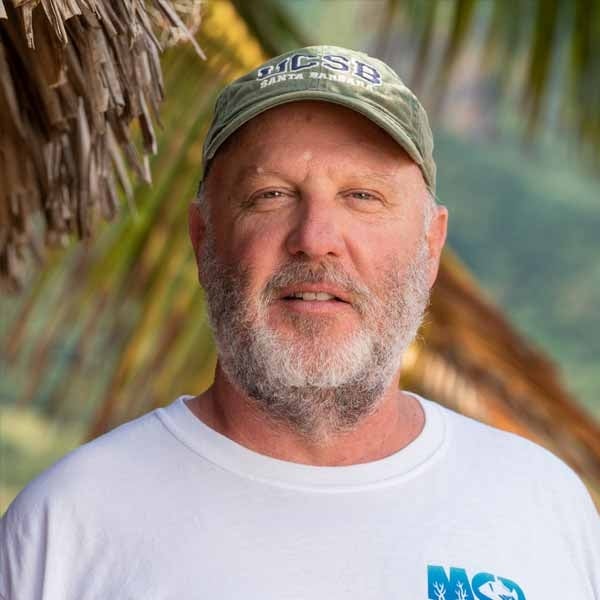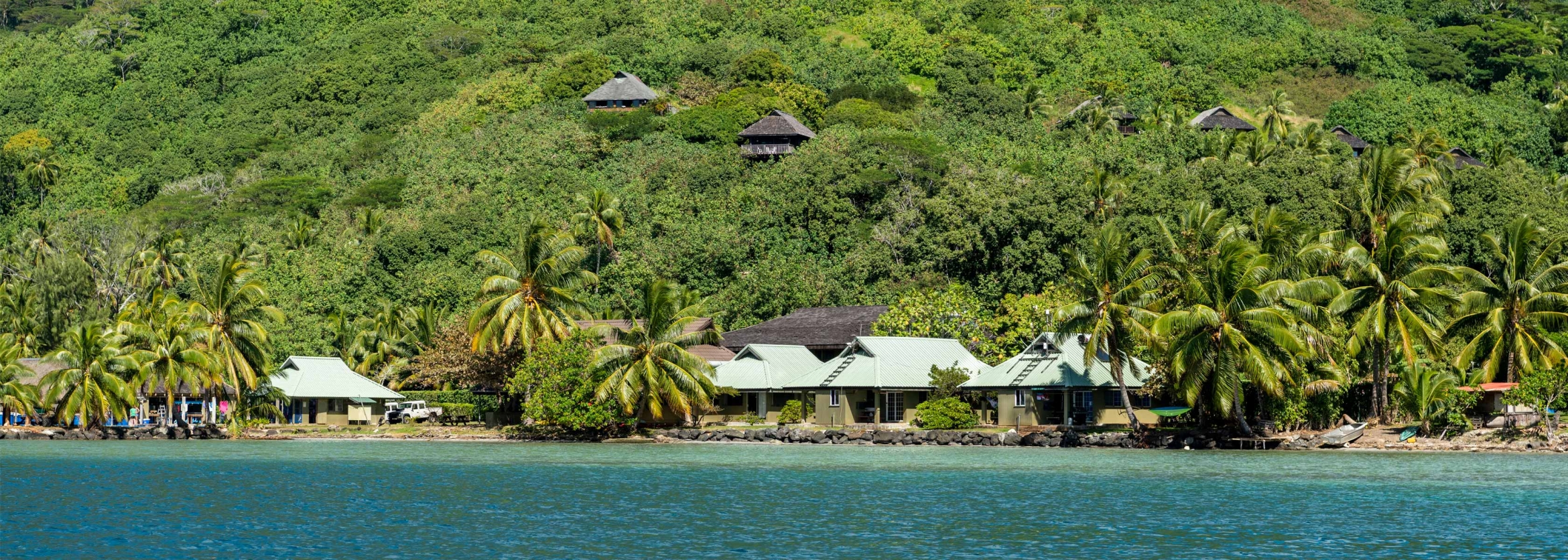For ecology professors Sally Holbrook and Russ Schmitt, Gump Research Station on Mo’orea, French Polynesia ticked off all the requisite boxes.
“When we came here we found a really great place to do the kind of research we want to do because we can live at the station, our study sites can be five or ten minutes away, and there are all kinds of different habitats and places to conduct experiments,” Holbrook said.
“Both of us started working in kelp forests in California,” Holbrook continued. “They’re great places to work, but they’re pretty difficult to do certain kinds of experiments, particularly long-term ones.”
So she and Schmitt began looking for new locations where they could ask questions and test their hypotheses. The coral reefs of Mo’orea with Gump Research Station proved the ideal place.
“We’re really interested in what drives ecological change in natural systems, and having a field station enables us to do things here we can’t do elsewhere,” Schmitt said.
They made a commitment to work in Mo’orea for a decade, and that stretched into two, and now they’re on their third. “And it’s absolutely phenomenal because we’ve seen these major cycles and other long-term changes that are going on that we couldn’t have studied otherwise,” Schmitt continued.
Their work laid the foundation for the Moorea Coral Reef (MCR) Long Term Ecological Research (LTER) program, established by the National Science Foundation in 2004.
Holbrook and Schmitt are co-principal investigators along with marine science faculty members from California State University, Northridge. Gump Research Station itself is administered by the University of California, Berkeley and is overseen by Executive Director Neil Davies.
Not surprisingly, Holbrook and Schmitt have seen a lot of changes over the years. “One thing that has really changed through our time here mirrors the nature of science itself,” said Holbrook. “When we first started here, we worked pretty much individually. Most of the science was being done by small groups, individual investigators and their own labs. But since then it has become increasingly collaborative and interdisciplinary.”
Larger teams are working together, and the LTER group includes experts in physical oceanography, ecology, physiology, molecular biology and modeling and theory. “So we really have these larger, more complicated scientific teams that undertake a lot of environmental research,” Holbrook continued.
And that environmental research is moving beyond just marine science to better understand the relationship between humans and their environment, according to Holbrook and Schmitt. Opportunities abound for studies in anthropology, archaeology, geology and more. As Schmitt noted, “One of the beauties about Mo’orea is that it’s large enough to be complex and small enough to be simple.”
Who uses Gump Research Station?

Deron Burkepile
Ecology, Evolution, and Marine Biology

Erika Eliason
Ecology, Evolution, and Marine Biology

Hunter Lenihan
Applied Marine and Fisheries Ecology

Andrew Brooks
Population and Community Dynamics of Marine Fishes
From coral reef ecology to fisheries management, a wide range of ground-breaking, long-term research is being conducted at Gump Research Station. Read more.

